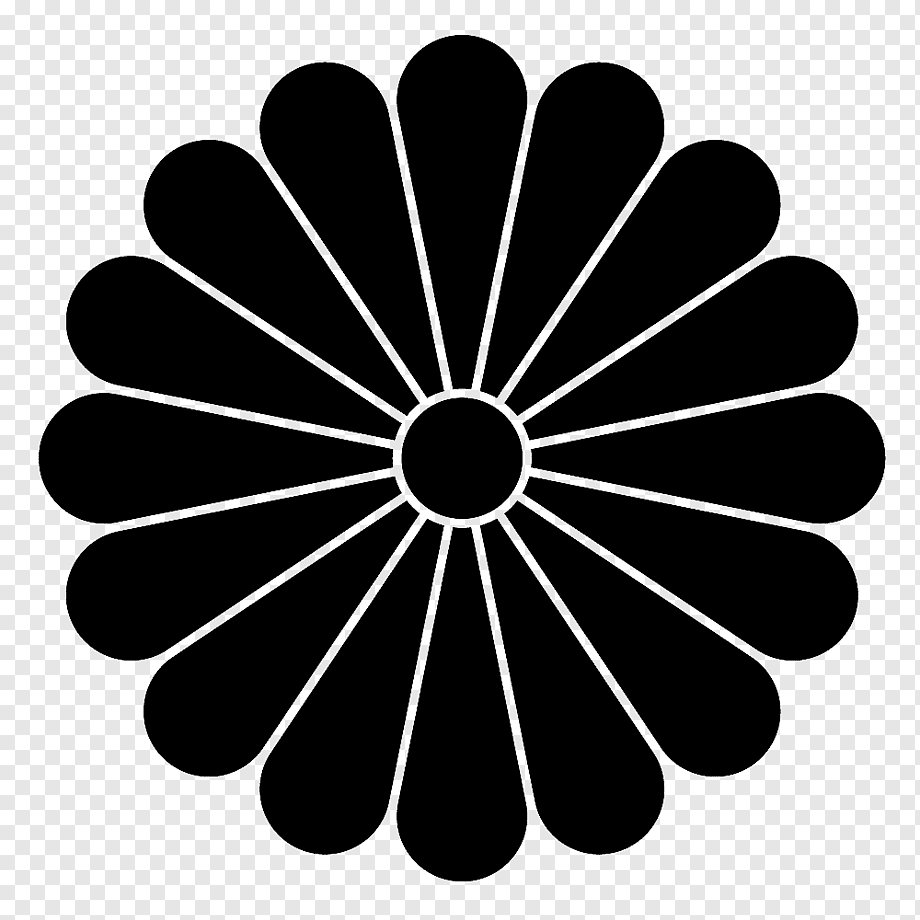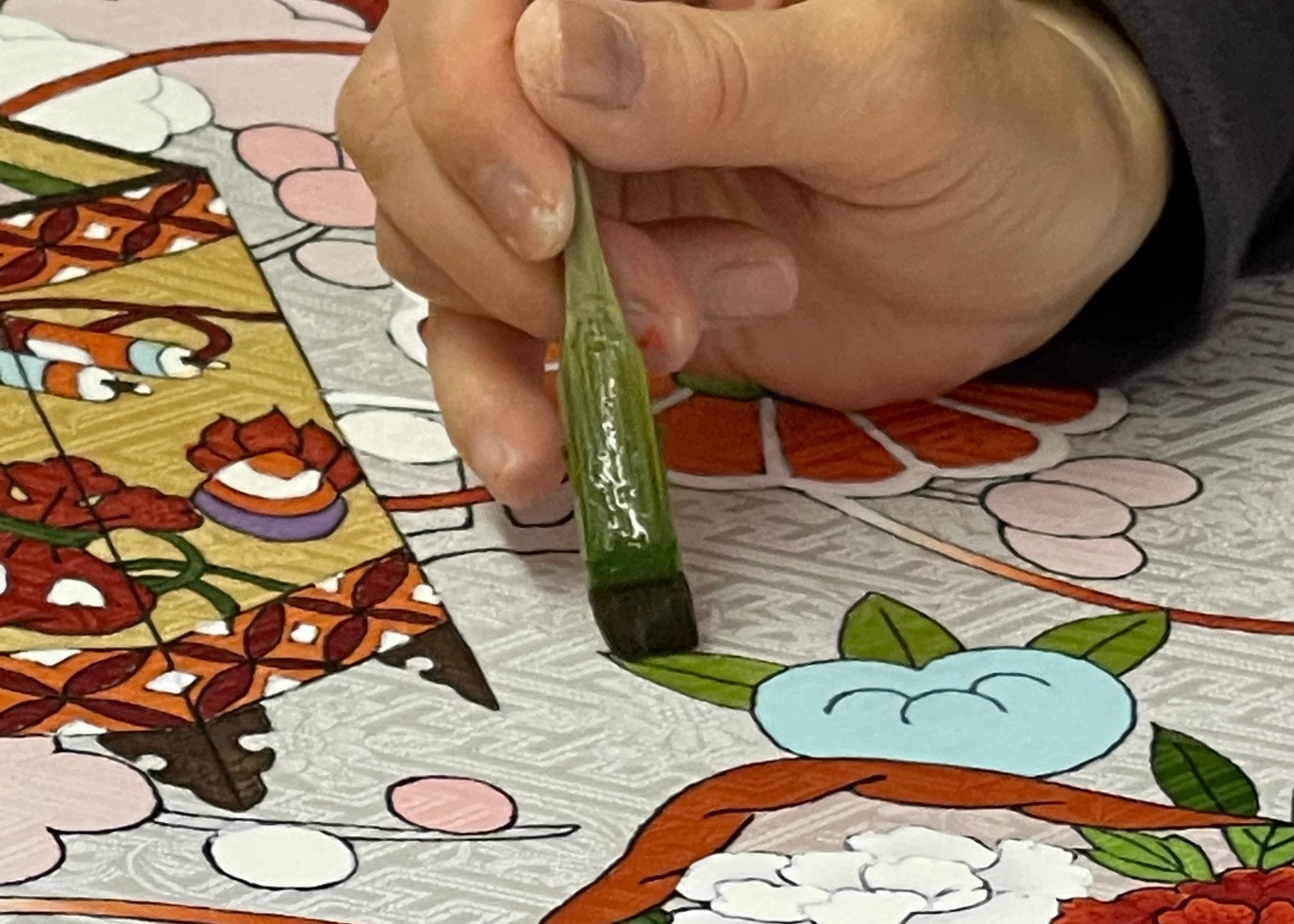Japanese Crests (kamon) on Kimono
Japanese family crests, called mon or kamon, were adopted centuries ago to distinguish different armies on the battlefield - crests were placed on large banners as well as on the armor of the officer and soldiers. From the aristocracy, kamon were eventually adopted by commoner families.
In my business, where I see hundreds of kimonos with crests each year, I never cease to be fascinated by the fine detail of the work and am always thrilled to come across a new image.
Here are some examples taken from formal men’s kimono:
The most common motifs are floral or fauna (butterflies and birds, mostly):

In Japan, a particular crest can be associated with several different family names, and a single motif can be modified from generation to generation, branch to branch. For example, the tomoe (commas) motif is a common one, and could appear with or without a border, as one, two or three commas, etc.

There is no relation between the image used on the crest and the pronounciation of the family name, but sometimes you might see a crest that has something to do with the occupation of the family. Fabric dyers might have chosen a water symbol, farmers might have chosen rice shaft imagery, and while man-made items are rarely used, well covers are not uncommon and occasionally tool images might be used.
This border symbolized a wooden well cover:

and here are two man-made items: arrow tail feathers and a nail puller (from construction trades)
In Japan, a family crest these days would be used on more formal kimono, perhaps on the roof tiles of wealthier families, on wedding invitations and birth announcements, gift wrapping cloths (furoshiki) and other formal situations and important items.
The crests are drawn by hand or with a stencil on kimonos:

There are three levels of formality (in addition to the many types of informal kimono which do not have crests) indicated by the number of crests. The first level is a single crest at the back of the neck; the next level adds two more crests – one on the back of each sleeve; and the highest level adds two more crests – one at the front on each side of the collar.




